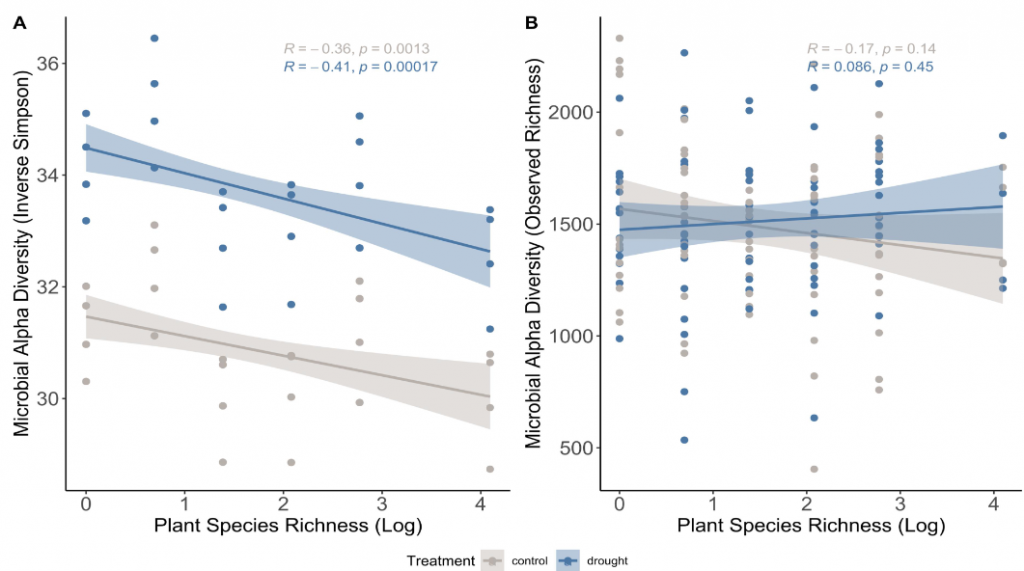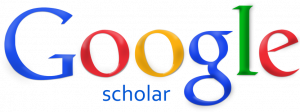New Publication from de Souza in FEMS Microbiology Ecology: The effect of successive summer drought periods on bacterial diversity along a plant species richness gradient
Drought is a major stressor to soil microbial communities, and the intensification of climate change is predicted to increase hydric stress worldwide in the coming decades. As a possible mitigating factor for the consequences of prolonged drought periods, above and belowground biodiversity can increase ecosystem resistance and resilience by improving metabolic redundancy and complementarity as biodiversity increases. Here, we investigated the interaction effect between plant richness and successive, simulated summer drought on soil microbial communities during a period of 9 years.To do that, we made use of a well-established biodiversity experiment (The Jena Experiment) to investigate the response of microbial richness and community composition to successive drought periods alongside a plant richness gradient, which covers 1-, 2-, 4-, 8-, 16- and 60-species plant communities. Plots were covered from natural precipitation by installing rain shelters 6 weeks every summer. Bulk soil samples were collected 1 year after the last summer drought was simulated. Our data indicate that bacterial richness increased after successive exposure to drought, with the increase being stable along the plant richness gradient. We identified a significant effect of plant species richness on the soil microbial community composition and determined the taxa significantly impacted by drought at each plant richness level. Our data successfully demonstrates that summer drought might have a legacy effect on soil bacterial communities.

Reference:
de Souza, Y. P. A., R. Siani, C. Albracht, Y. Huang, N. Eisenhauer, et al. 2024. The effect of successive summer drought periods on bacterial diversity along a plant species richness gradient. FEMS Microbiology Ecology:fiae096. https://doi.org/10.1093/femsec/fiae096.



